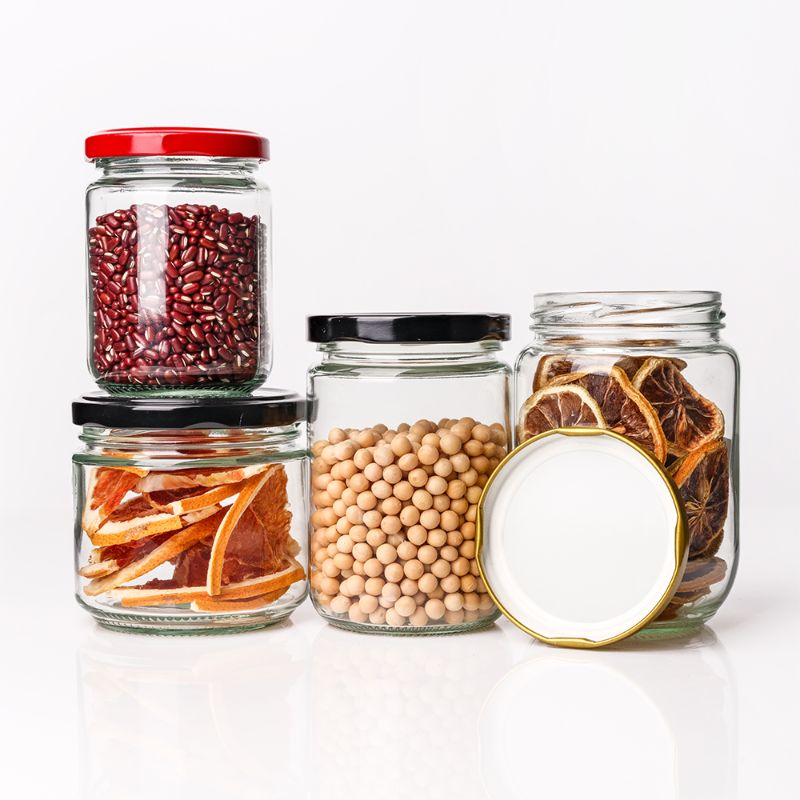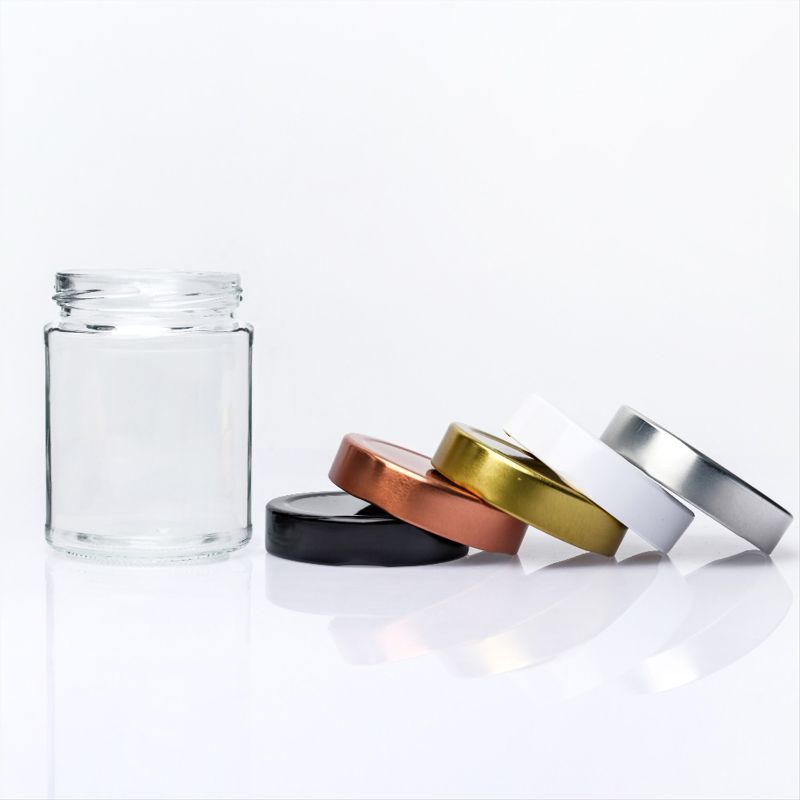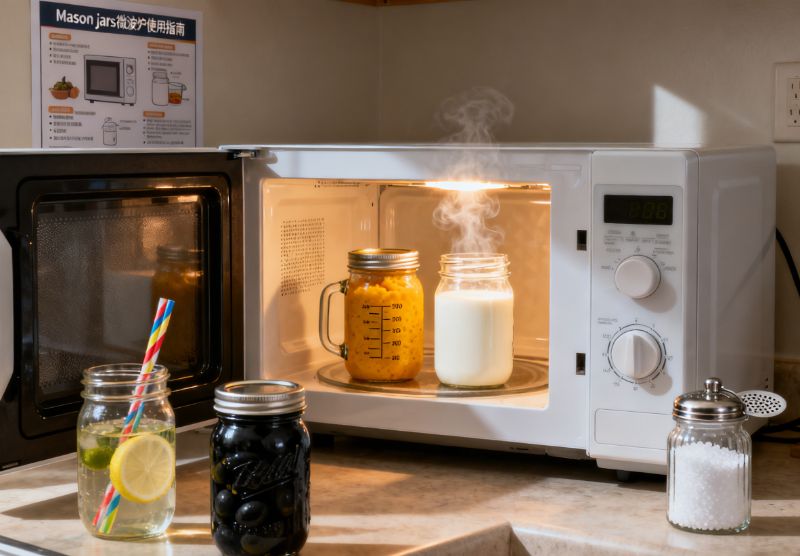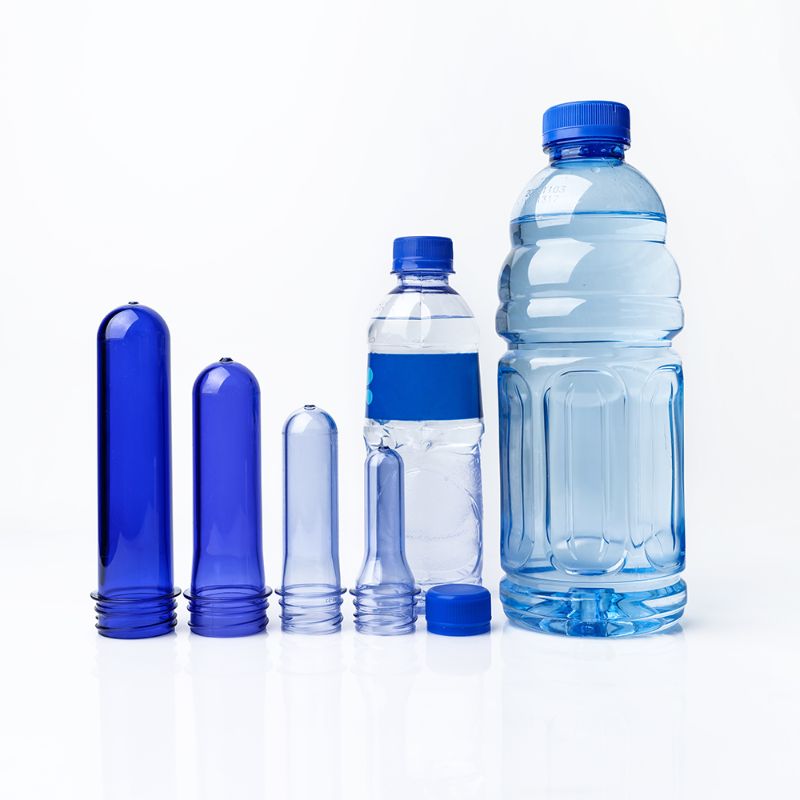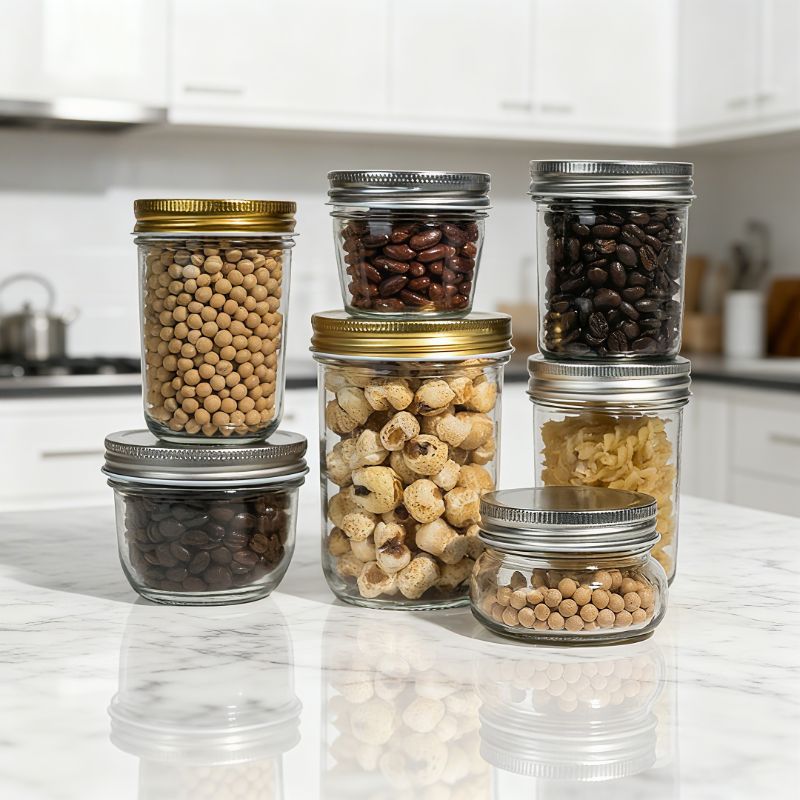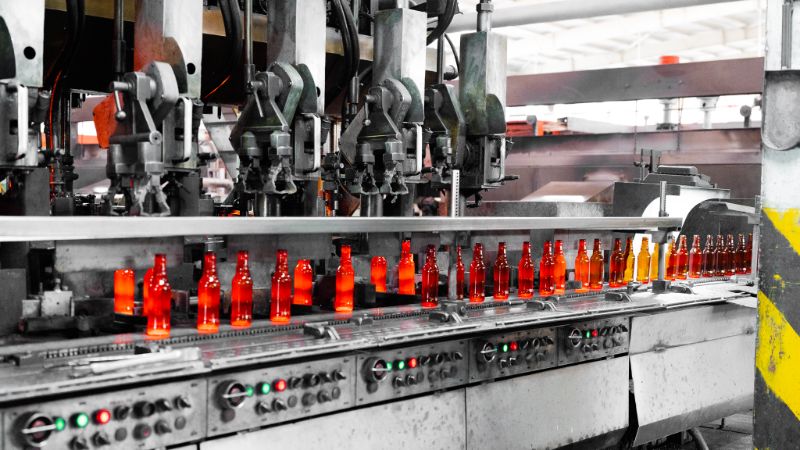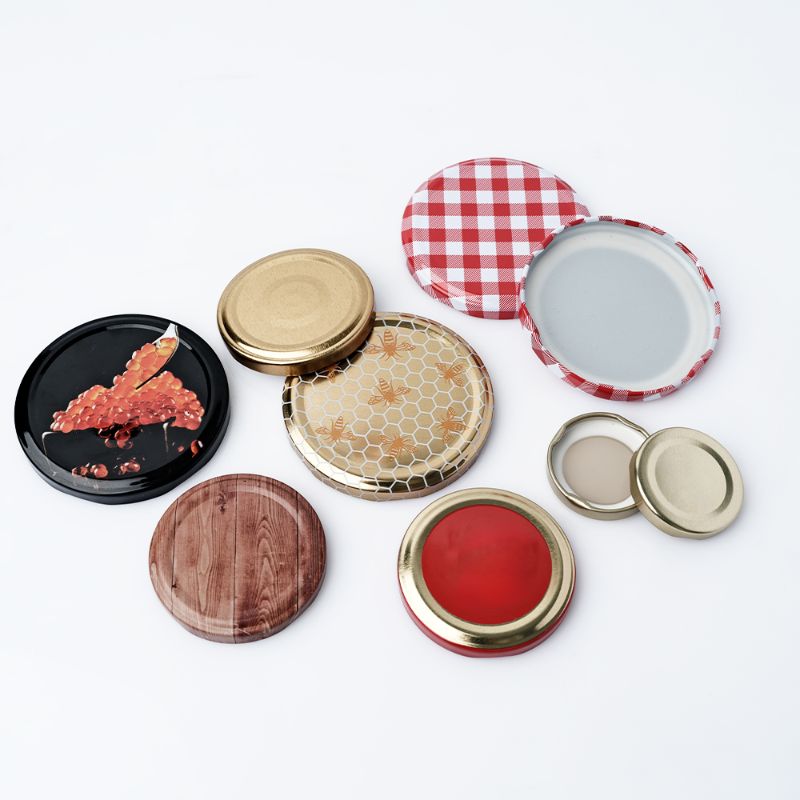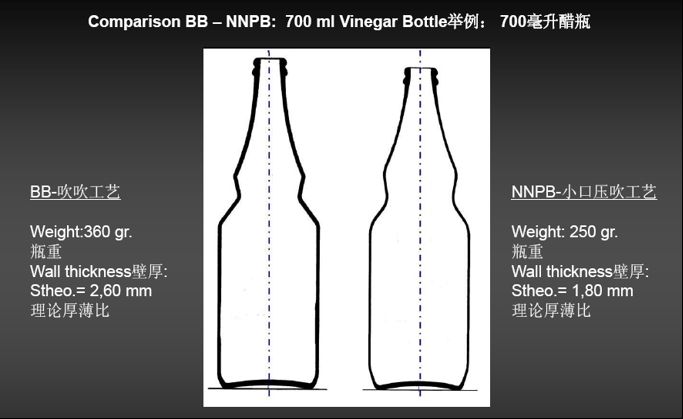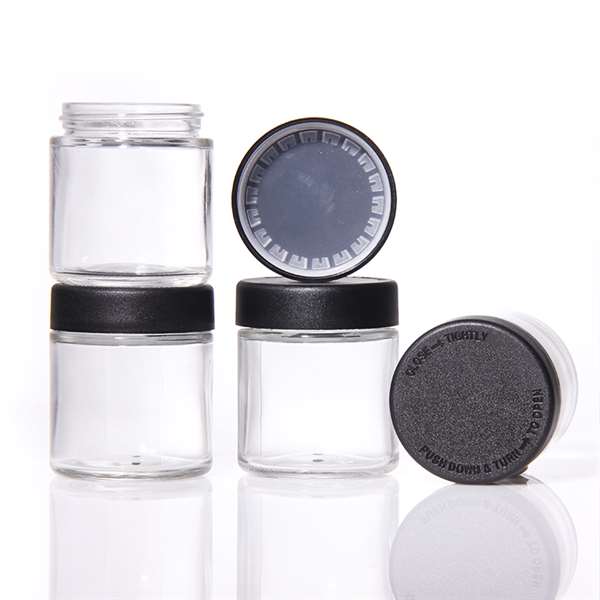Glass bottles: round compared to square
Glass bottles come in a wide range of dimensions and profiles. Among the most popular are round and square designs. So which option is best? In this piece, we’ll put round and square bottles side by side to help you choose the one that fits your needs.
Health Packaging Solutions
With more consumers prioritizing healthy living, the demand for appealing, sustainable, and effective packaging for these products is at an all-time high. Irrespective of whether you're selling tablets, powders, or different supplement types, selecting the appropriate packaging is essential for meeting both practical and visual expectations.
Are Mason Jars Safe to Use in the Microwave? Key Considerations!
Mason jars have emerged as essential items in many kitchens, celebrated for their versatility in food preservation, canning, and creative projects. A common query about them pertains to their microwave safety: can these beloved glass jars be used in a microwave? We delve deeper into this topic to uncover helpful information and guidelines for microwaving Mason jars.
Why American Brands Choose PET: A Guide to Sourcing PET Bottle Packaging
In the world of packaging, hardly any material has reshaped the market like the PET bottle. Polyethylene terephthalate — better known as PET — has become the benchmark for containers used in beverages, foods, cosmetics, and household goods. From global soda icons like Coca-Cola to indie skincare labels, companies across the United States favor PET not only for its affordability, but also for its safety profile, adaptability, and environmental credentials.
Key factors to evaluate when choosing a mason jar glass manufacturer
For premium Mason Jar Glass, choose a preform maker skilled in crafting glass molds and lids. If you want your logo etched, seek out a trusted manufacturer that specializes in glass etching. Whenever possible, buy directly from true glass producers like IDEA Bottles.
Ecological concerns linked to the manufacture of glass
Across our glass plants, we’re committed to reducing the ecological footprint of bottle production by implementing a broad set of initiatives
Lug-type and continuous-thread closures
If acronyms like CT, TW, T/O, or Lug look familiar, they’re shorthand used in the packaging industry to describe cap styles and the way they thread onto bottles and jars. The best choice can vary based on what’s inside the container and the sealing method, as each closure type can offer different advantages.
Lightweight glass bottles and jars: strong benefits fueling sustainability
As sustainability takes center stage, brands and consumers are gravitating toward packaging that balances performance, visual appeal, and environmental stewardship. Lightweight glass has emerged as a leading answer to this need. It delivers all the benefits of traditional glass — purity, recyclability, and a premium feel — while using less material, lowering emissions, and offering better cost efficiency.
Recognizing Why Child-Resistant Packaging Matters
Packaging designed to resist opening by children is essential for protecting young kids from dangerous substances. Governed by Title 16, Part 1700 of the Code of Federal Regulations through the Poison Prevention Packaging Act (PPPA), these requirements exist specifically to prevent accidental poisonings and deaths among children younger than five who might otherwise gain access to toxic products.
